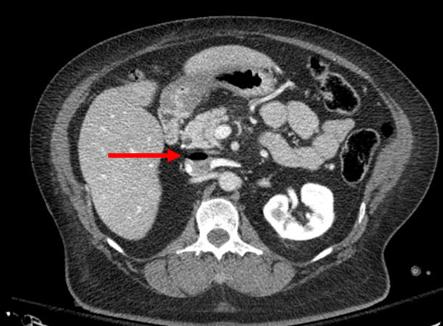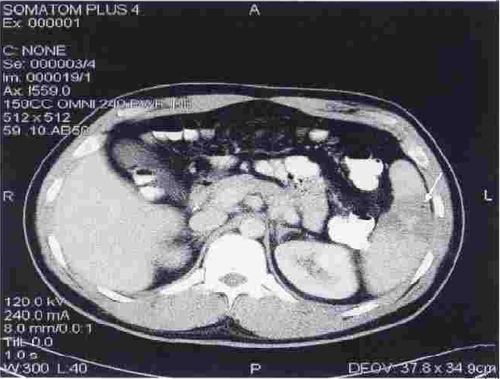Traumatic brain injury (TBI) is very common, with the majority falling into the “mild” category. This is usually defined as patients with injury to the head and a GCS of 13-15. These uncomplicated patients are frequently discharged from the emergency department, or undergo only a brief evaluation if admitted for other reasons.
The group at Shock Trauma focused on a less appreciated subset of mild TBI patients, those whose condition is a little more complicated. Specifically, these are patients with GCS 13-14 with positive findings on head CT leading to a calculated abbreviated injury score (head) of > 2, and some persistence of their symptoms while in the hospital. At many hospitals (including my own), these patients receive an inpatient TBI evaluation. But if they pass this initial screening, they are not consistently referred for any outpatient TBI followup.
Are these mild, complicated TBI patients (mcTBI) unique? Do they behave the same as the uncomplicated ones? The research group performed a prospective study on patients who sustained an mcTBI over a 4 month period. They excluded patients with mental illness, dementia, and non-English speaking and homeless patients. They tried to contact patients up to three times after discharge to administer several standard tests and determine if they had any specific residual symptoms.
Here are the factoids:
- Of the 142 patients with mcTBI during the study period, there was substantial attrition over time, with only 25 remaining at 6 months and 10 at one year
- 64% of patients who responded at 6 months remained symptomatic. Depression, dizziness, and a feeling of impaired health were common.
- 80% of patients still described symptoms at one year. The same complaints were most common, and some required changes in activities of daily living or assistive devices.
Bottom line: Although small and fraught with the usual problems in long-term tracking of urban trauma patients, this study is eye-opening. We too often dismiss “mild TBI” and being almost nothing, even in patients with positive findings on head CT. This work suggests that we are underestimating the needs of those patients. The authors used this data to design longer-term care processes for this subset of patients. Other centers should follow suit to make sure these patients’ post-injury needs are better met.
Questions and comments for the authors/presenters:
- Describe the possible biases that patient selection and attrition may have had on the study
- What type of TBI screening do you use in the hospital?
- Given that a number of assessments were administered over the phone, I look forward to hearing some of the other details not listed in the abstract
- Was there any correlation between specific CT findings and later symptoms?
- Provide details of your long-term care programs for these patients
- I enjoyed this thought provoking abstract!
Click here to go the the EAST 2017 page to see comments on other abstracts.
Related posts:
Reference: Mild TBI is not ‘mild’… survivors tell their complicated stories. Quick Shot #3, EAST 2017.


